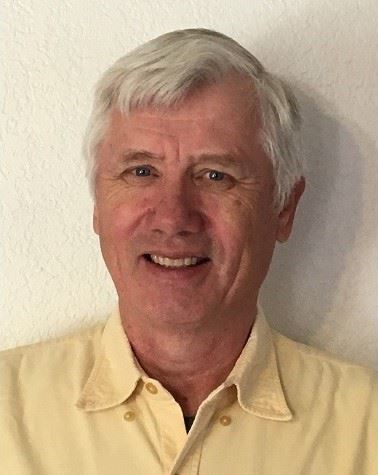Abstract: The subject of “water in the ground” constitutes a significant overlap between the role of hydrologists and geologists. Groundwater as a source of livelihood is as old as civilization itself, with Aboriginal people in Australia digging groundwater wells over 25,000 years ago. Another commonality of Geology and Hydrology is their focus on the terrestrial segment of the water cycle: That’s not surprising, since the average residence time of water in the atmosphere is 8 to 10 days and in the oceans 3000 to 3230 years, the duration that a water particle travels through the planet’s crust ranges from less than a day to 100,000 years.
The discrepancy in time a water particle spends in the ground is directly proportional to the resistance that the rock and sediment exerts on groundwater flow. This resistance is the inverse of the hydraulic conductivity and ranges over 14 orders of magnitude. An equivalent range, put into perspective on the length-scale, corresponds to the dimension of an atom to that of a galaxy. Formulating physical laws that are applicable to flow of water in the ground at both ends of the scale is quite challenging.
For the practical and production-oriented groundwater flow mechanisms, simplified laws of physics suffice to quantify inflows, outflows, and amounts of water in storage. A typical example is Darcy’s Law, which is nothing but a proportional relationship between instantaneous flow rate through a porous medium exerting frictional force on the moving fluid. Not emphasized is the assumption is that gravity and pressure are lumped into a single parameter, which in turn is balanced by viscous forces of the fluid.
In a fractured rock setting, the frictional forces become very complex: fracture geometries don’t resemble uniform spheres, to which a porous medium is often compared. Instead, terms like interconnectivity, fracture aperture and tortuosity come into play. Fluid mechanics needs to be called upon when dealing with confined, half-filled, and open fractures. Because of their spatial adaptability, finite element models are being adapted to this challenge. To simulate these fractured flow settings, modelers must open their minds to flow paths that aren’t perpendicular to groundwater contours and water particles that make 90° turns.
This presentation aims at bringing hydrologists and geologists together to investigate quantitative tools for groundwater flow and transport through fractured rock.

Bio: Vit Kuhnel obtained his college education from Europe, with a Master’s degree in Hydrogeology from Amsterdam and a PhD in Civil Engineering from University College Dublin, Ireland. Sequencing Earth Sciences before Engineering is appropriate when studying Hydraulic Processes, because you first learn how nature does it, and then how people try to control it.
Vit’s professional career started in 1989 at the Energy and Environmental Research Center in Grand Forks, North Dakota. Despite being close to the coldest spot in the U.S., some hot topics were being investigated at that facility. These included fuel pre-conditioning at fossil fuel powerplants, underground coal gasification, and fly-ash stabilization. All these technologies have a common denominator. They both operate at the intersect of the hydrosphere and the lithosphere.
This was also the time of new philosophy for managing contaminant release sites, seeking Risk-Based clean-up goals, rather than chasing the last molecule. Environmental management became much more reliant on data interpretation and quantification, rather than on a sample beaker with a suspicious fluid. Deterministic flow and transport models came into focus, and three-dimensional, finite element groundwater models is what Vit Kuhnel immersed into.